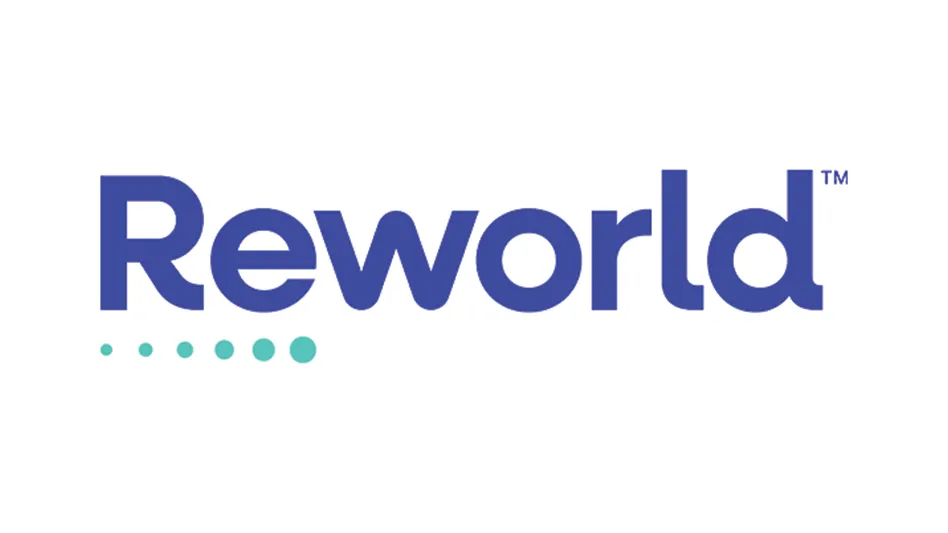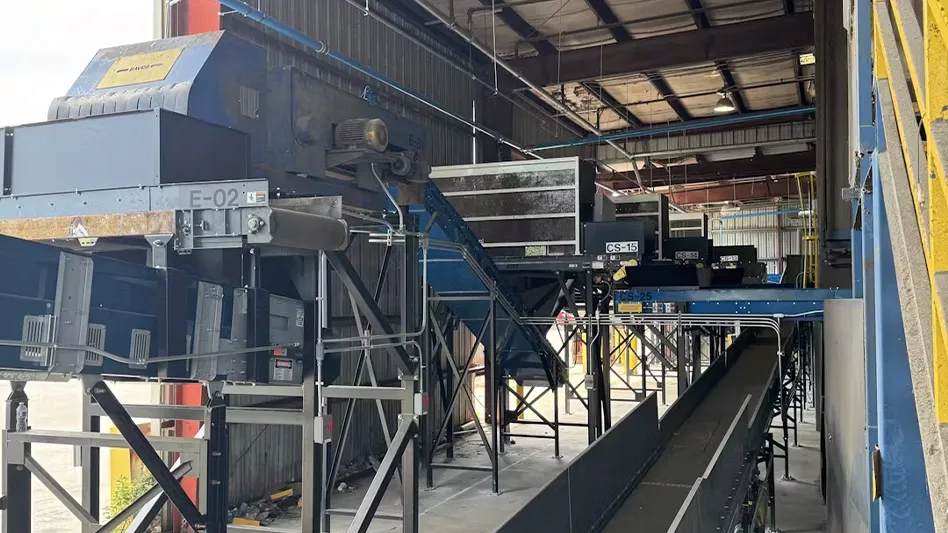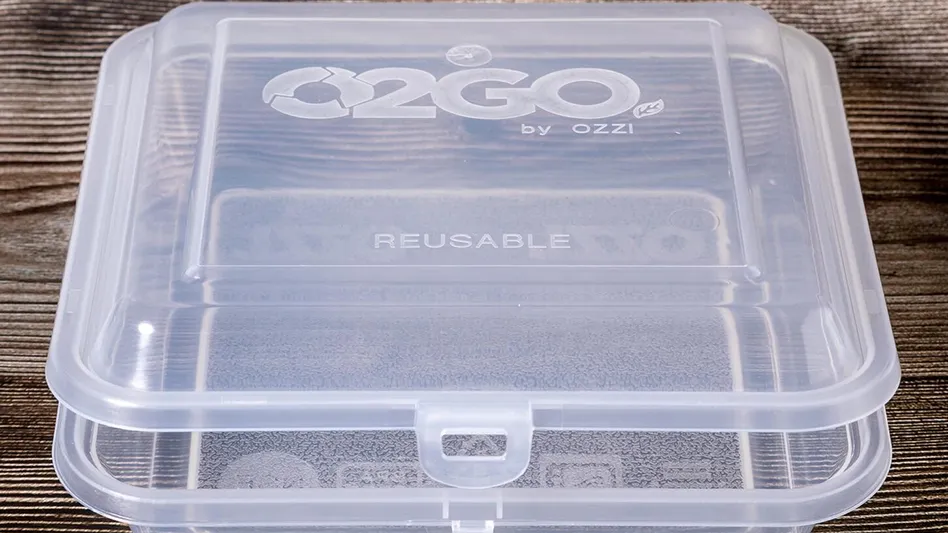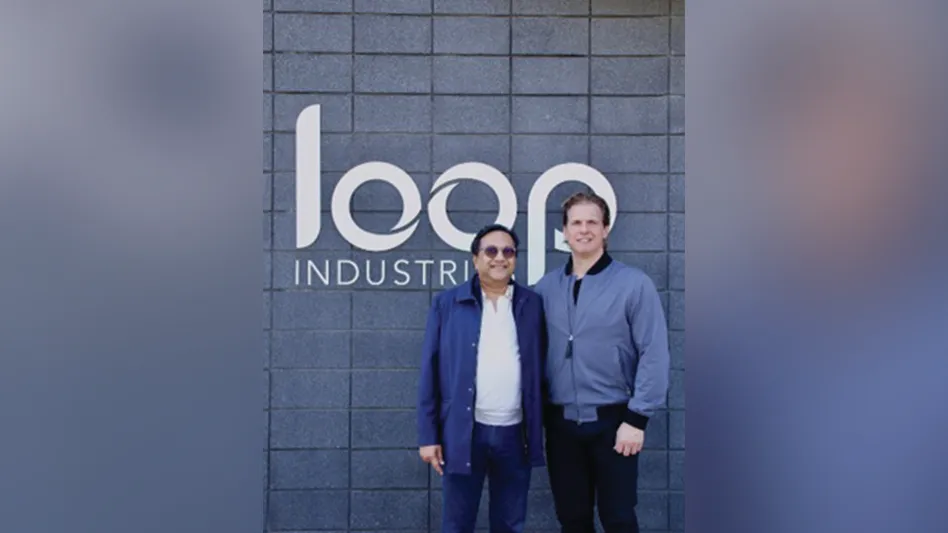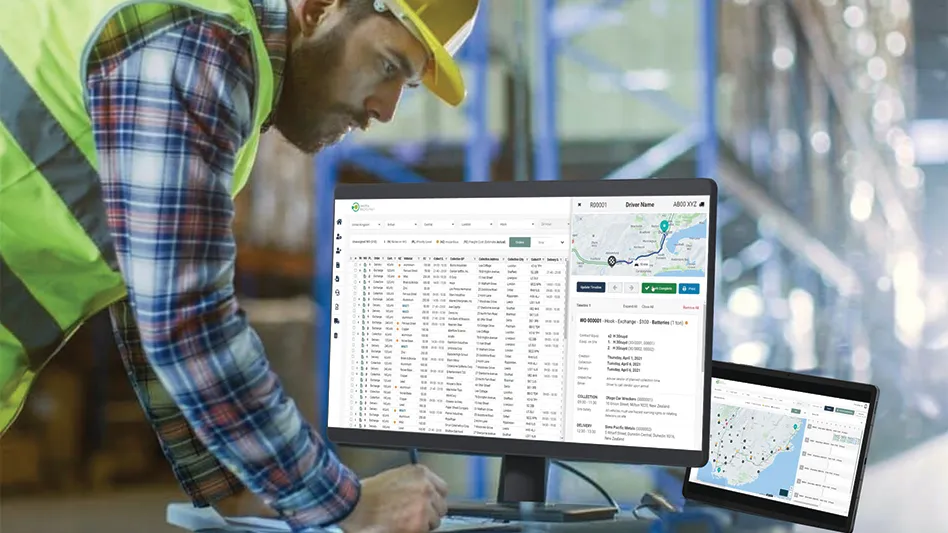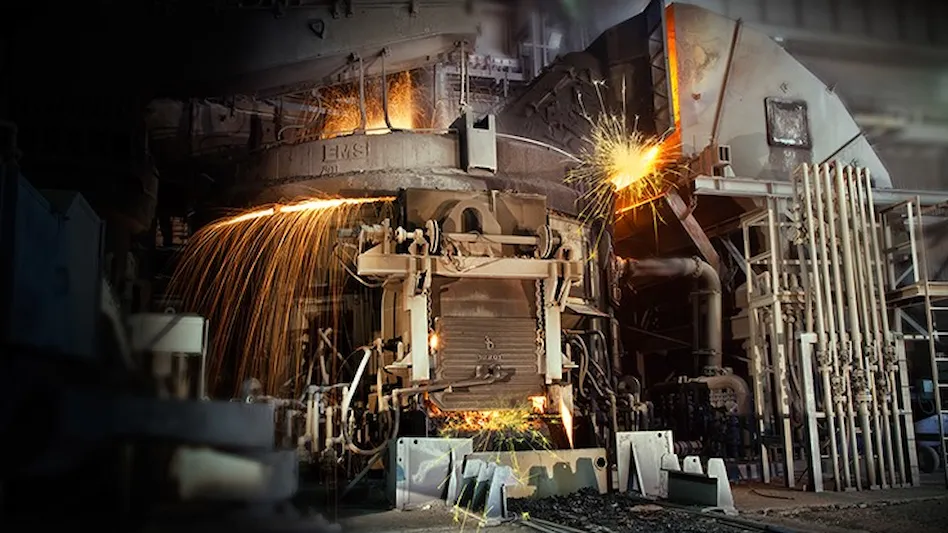
Photo courtesy of Nucor
Steel produced by electric arc furnace (EAF) steelmakers in the U.S. has a carbon intensity that is approximately 75 percent lower than traditional blast furnace steelmakers, according to the results of an independent study by London-based CRU Group and released by the Steel Manufacturers Association (SMA), Washington. SMA describes itself as the largest steel association in the U.S., representing the EAF steel industry and more than 70 percent of steel made in the U.S.
The study looked at steelmakers worldwide conducted by CRU Group, a global business intelligence firm specializing in metals manufacturing.
“Something that can’t be measured can’t be managed, and our new study conclusively measures and validates how using recycled scrap-based EAF technology is the most sustainable means of producing steel today,” says Philip Bell, president of SMA. “Using an established, proven steelmaking process, EAF producers are making steel at far lower carbon-intensity levels than traditional steelmakers around the globe. There is a lot of inaccurate and misleading information about steelmaking, and we believe this independent study will help further our efforts to achieve a low carbon future.”
The study was conducted from November 2021 to June 2022 and was independently managed by CRU. This included researching a majority of the world’s steelmaking companies and industry data sources, surveying various steelmaking players through anonymous methods and synthesizing data from a multitude of private, industry and government resources. Throughout the study, CRU adhered to definitions and practices established by the Intergovernmental Panel on Climate Change (IPCC), the United Nations body for assessing the science related to climate change.
According to the study, the average Scope 1 and Scope 2 GHG, or greenhouse gas, emissions intensity at the crude and hot-rolled steelmaking phases is 75 percent lower for EAF steelmakers compared with blast furnace steelmakers. Although the Paris Agreement and industry standards exclude Scope 3 emission in the supply chain, blast furnace producers' crude steelmaking GHG intensity is still 210 percent higher than EAF steelmakers and 189 percent higher at the hot-rolled steelmaking phase when including all three scopes, the study notes.
Blast furnace steel represents about 70 percent of global steel manufacturing and relies on coal to melt raw materials into iron that is then process it into steel. EAF steel, which represents approximately 70 percent of steelmaking in the U.S., is produced at steel plants that primarily use electricity and recycled ferrous scrap to make steel, resulting in a lower carbon emission and less energy-intensive process. As the electrical power grid in the U.S. continues to decarbonize through the efforts of utilities and individual companies, the carbon intensity of EAF steelmaking will drop to even lower levels, SMA says.
Mark Millett, chairman of SMA and co-founder, chairman and CEO, EAF steelmaker Steel Dynamics Inc., Fort Wayne, Indiana, says, “Sustainability has become one of the most important issues in business today, and the steelmaking industry has long faced the challenge of being incorrectly perceived as one that relies on antiquated, inefficient and highly polluting processes. This new study, which has been long overdue, raises the bar for the way we validate our progress in this area. EAF steel offers the greenest, safest and most energy-efficient method of steelmaking, and our latest study makes our argument and evidence for this significantly stronger and clearer.”
“CRU is privileged to have been able to play a leading role in this extensive global industry study that will have a genuine impact on sustainability in the steel industry,” says John Ball, president, CRU North America, headquartered in Pittsburgh. “To ensure the highest level of objectivity and prevent any potential conflicts of interest, the SMA completely entrusted CRU with the management of this project to allow us to research, collect and analyze data from a wide range of steelmakers to produce the most accurate and comprehensive report possible. Our partnership serves as a model for the way that similar industry organizations can strengthen the integrity of their data by joining forces with a trusted partner that can independently and proficiently validate data.”
Latest from Recycling Today
- Cyclic Materials expands leadership team
- Paper cup acceptance at US mills reaches new milestone
- EPA announces $3B to replace lead service lines
- AMCS showcasing Performance Sustainability Suite at WasteExpo
- New Way and Hyzon unveil first hydrogen fuel cell refuse truck
- Origin Materials introduces tethered PET beverage cap
- Rubicon selling fleet technology business, issuing preferred equity to Rodina Capital
- Machinex to feature virtual tour of Rumpke MRF at WasteExpo
